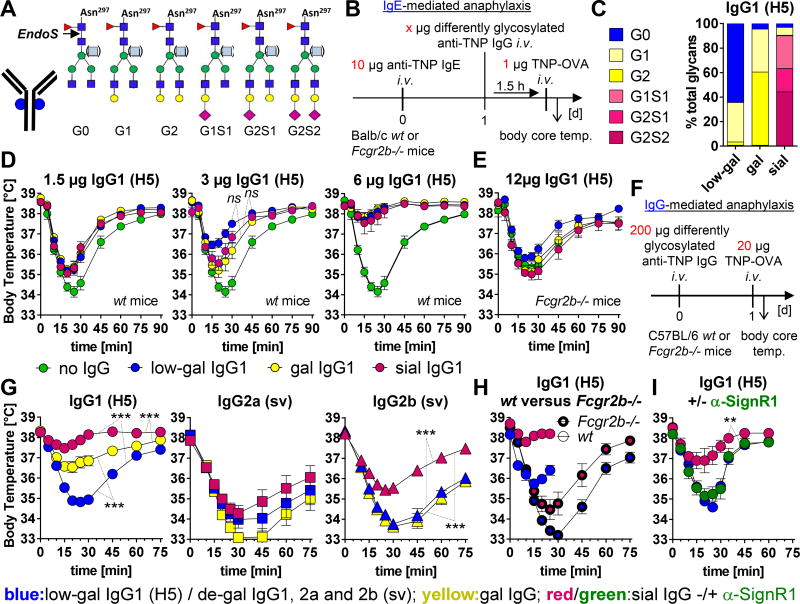FIG 1. Effect of differently glycosylated IgG subclass Abs on IgE- and IgG-mediated murine anaphylaxis.
A, The conserved biantennary N-glycan (four N-acetylglucosamines (dark blue) and three mannoses (green)) at Asn 297 in the IgG Fc part can be modified by fucose (red), bisecting GlcNAc (light blue), galactose (G; yellow) and sialic acid (S; magenta). The cleavage site of EndoS used for IgG glycan analysis is depicted. B, Experimental design of IgE-mediated anaphylaxis as done in D and E. C, Fc glycosylation profiles of the differently glycosylated murine IgG1 anti-TNP mAbs (clone H5) that were used in the murine experiments; native=low-galactosylated (low-gal), in vitro galactosylated (gal) or galactosylated plus sialylated (sial). D and E, Inhibition of IgE-mediated temperature drop by differently glycosylated IgG1 anti-TNP mAbs (H5) in (D) wt and (E) FcγRIIb-deficient mice (in each graph: no IgG, n=8–10; low-gal, n=8–10; gal, n=5; sial, n=5); symbols represent means. One of two independent experiments is shown. F, Experimental design of IgG-mediated anaphylaxis as done in G–I. G–I, Decrease in body temperature induced with differently glycosylated IgG subclass anti-TNP mAbs in (G–I) wt or (H) FcγRIIb-deficient mice (G–I) without or (I) with α-SignR1 treatment; de-gal: in vitro de-sialylated plus de-galactosylated. (G) Pooled data (n=10–15) from independent experiments with n=5/group/experiment or (H, I) one of two independent experiments is shown.

